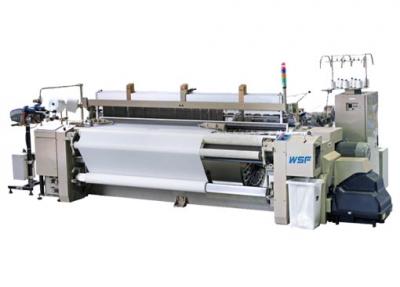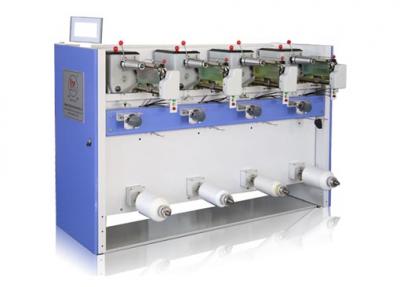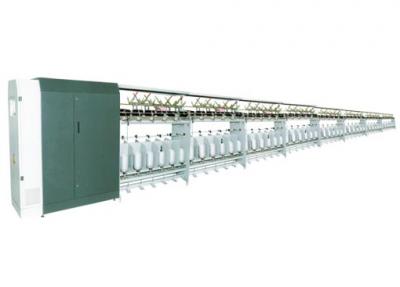The shuttleless loom mainly includes a gripper loom, a water jet loom, an air jet loom, and a rapier loom. Among them, the unit energy consumption of the projectile weaving machine (calculated by weaving per square meter of cloth) is the lowest. The unit energy consumption of the water jet loom is second, and the unit energy consumption of the jet and rapier loom is the highest. Which type of loom a company purchases cannot be based solely on energy consumption as its main indicator. However, textile machinery air jet loom manufacturers must pay attention to energy-saving technologies when introducing new machines.
The high energy consumption of air jet loom is mainly due to the energy consumption of the nozzles.
Air jet loom manufacturers have long studied the nozzle holes of auxiliary nozzles, using single-hole, porous, inverted cone holes and the like. Many have been applied in practice. Auxiliary nozzles of various aperture shapes each have advantages. Innovations in the nozzles (including the primary and secondary nozzles) and the trachea not only save energy but also improve weft insertion quality.
With the wide application of electronic technology in the monitoring and monitoring of looms, various enterprises have successively introduced new technologies and new measures for energy saving. For example, the application of electromagnetic nozzles for air jet looms was equipped with 1 solenoid valve to 4 to 6 auxiliary nozzles before. And now the valve is equipped with 1 solenoid valve to 2 auxiliary nozzles. The ordered switch of the solenoid valve is controlled by the electric control box to achieve the purpose of the airflow relay injection.








 +86-575-86333303
+86-575-86333303  sales@wsftex.com
sales@wsftex.com
 Rifa Road, Nanyan High-tech Zone, Xinchang, Zhejiang, China
Rifa Road, Nanyan High-tech Zone, Xinchang, Zhejiang, China